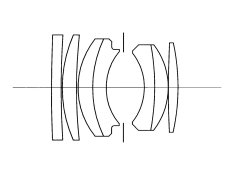George Worst
Member
I am doing a research about old manual Nikkor lenses. I am basically interested in 35mm f2 and 55mm f1.2 lenses. I’ve found enough Technical information about the different versions of the Nikkor lenses but not much about a real world review and comparison. I’ve tested some ai and ai-s lenses and I’m happy with their performance. I find though that pre-ai versions are most of the times cheaper than the newer versions which make me think of them if they are equal or almost equal in performance. Older versions would maybe also be more vintage looking... (I don’t know). I know that the oldeat versions are single coated and I wouldn’t bother with them. I am talking about “C” marked lenses that are multicoated and especially about 35mm f2 O.C and 55mm f1.2 S.C. So if anyone has experience with them I would really appreciate Sharing some of your knowledge. I am not interested in technical stuff, design or compatibility. I am not going to use them on an old nikon camera after all. I am interested in general performance, sharpness, colors, coatings, flare resistance, mechanics and pleasure of using them (you know all metal focusing ring vs rubberized etc). You can use the ai/ai-s lenses for reference because I am familiar with them and mostly with 24mm f2.8, 35mm f2.8 and 85mm f2. Finally I’m not looking for any clinical review or comparison, just real world things and general performance.
Thank you in advance,
George.
Thank you in advance,
George.












